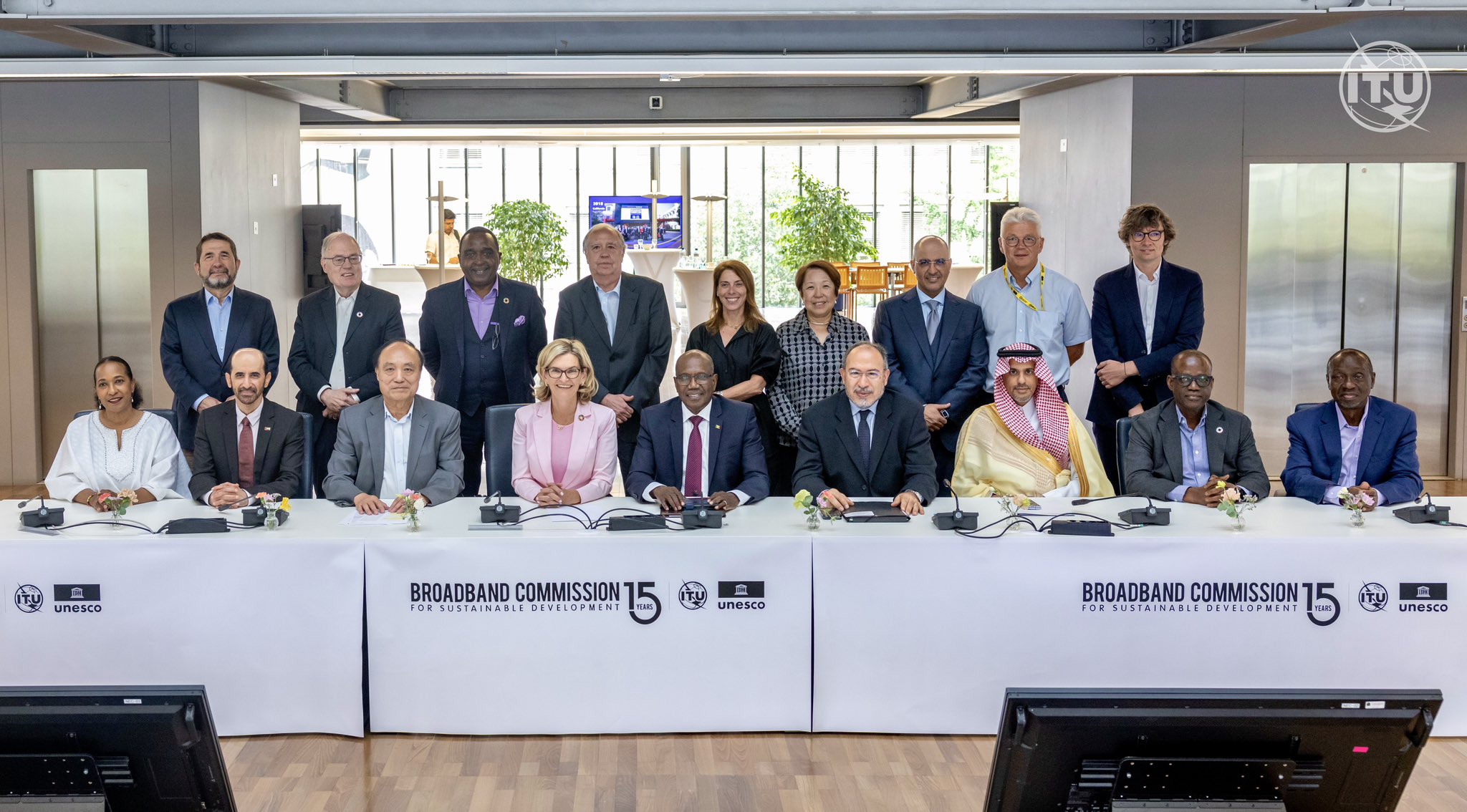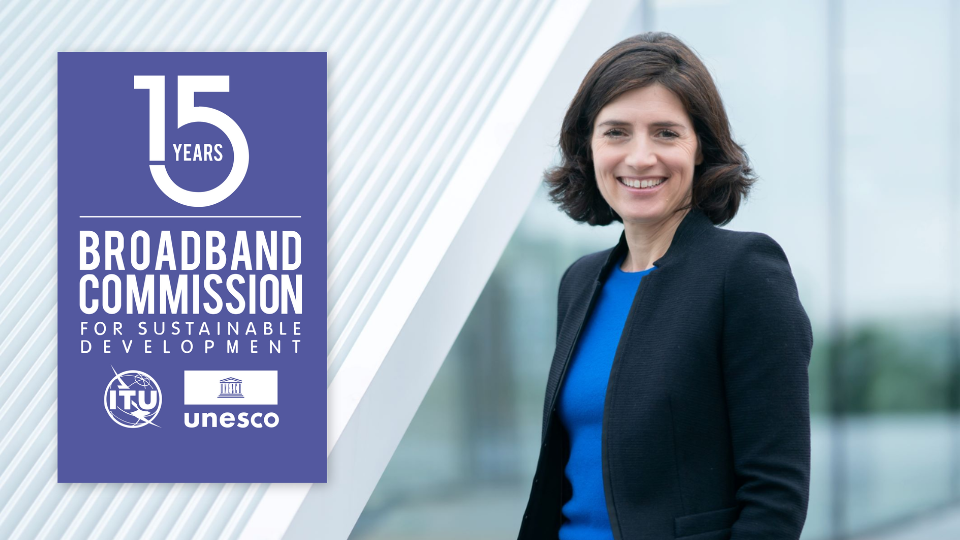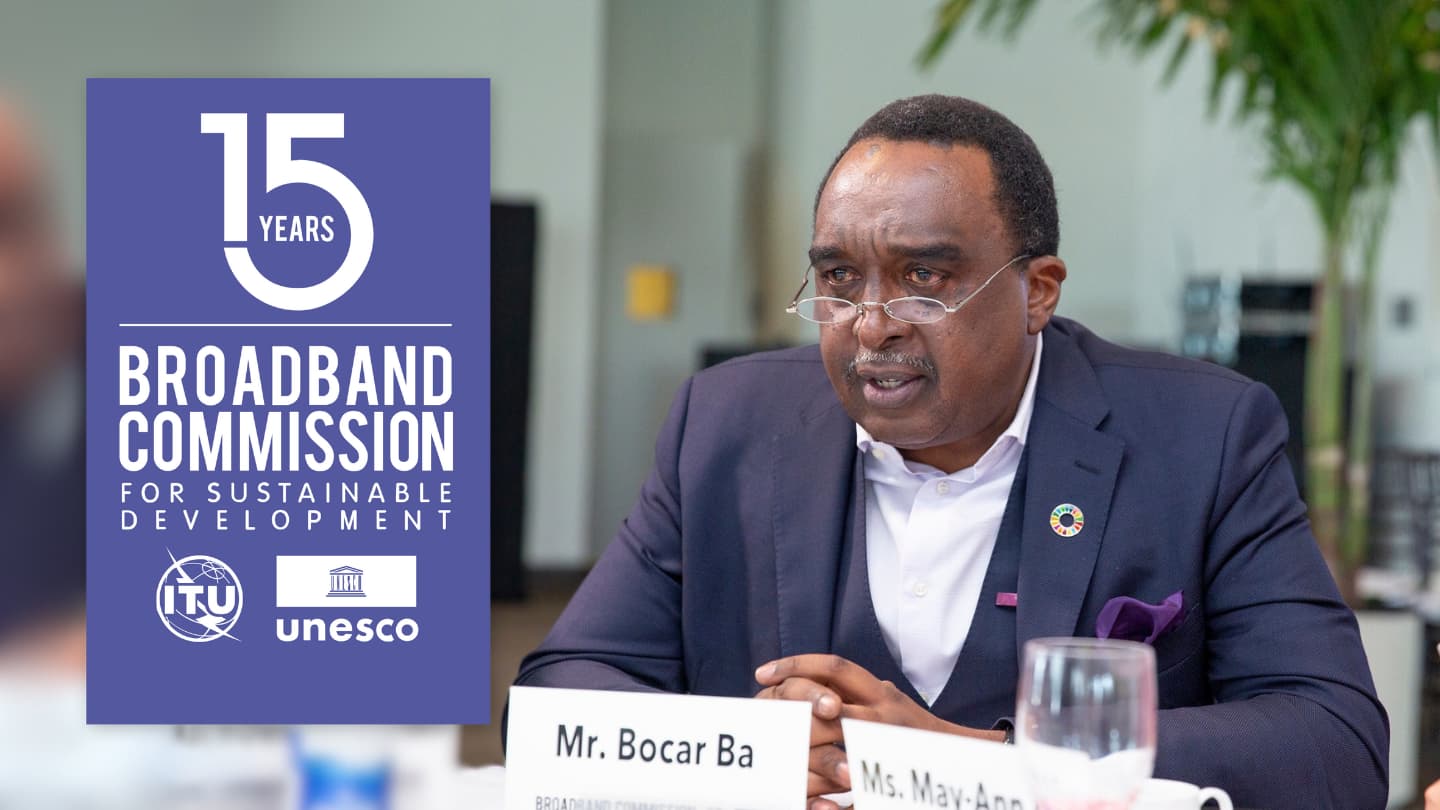
Ms. Doreen Bogdan-Martin
Executive Director of the Broadband Commission, Director of the ITU Telecommunication Development Bureau (BDT)
This blog was originally published on the ITU website.
As we prepare to close the year of 2020, a year that has been full of global challenges matched with global solutions, the need for universal connectivity has never been more apparent. From opening the online classroom to providing virtual healthcare services, broadband has proven to be “the hidden hero” of the COVID-19 pandemic.Closing the digital divide is of the utmost importance to build back a sustainable and inclusive world.
Since its inception in 2010, the ITU/UNESCO Broadband Commission has worked towards the mission of a connected world in support of sustainable development. The Commission strongly supports the UN Secretary General’s Roadmap for Digital Cooperation, which outlines recommendations for concrete action by diverse stakeholders that would enhance global digital cooperation to ensure a world where everyone has safe and affordable access to broadband, and commits to collaborate on its implementation.
Putting universal connectivity at the very forefront of sustainable development efforts and recognizing its central role in the 2030 Agenda is the rallying call we made to world leaders and heads of industry in the Broadband Commission’s Manifesto last September.
The Manifesto also notes that “with less than ten years remaining until 2030, now is the time to establish digital connectivity as the foundational pillar for our shared Global Goals.
The Global Connectivity Goal put forth by the ITU/UNESCO Broadband Commission for Sustainable Development Manifesto stresses the need for global digital cooperation in reaching this goal. It emphasizes how “the pandemic and its socio-economic impacts have underscored the urgency of concrete, coordinated actions across all sectors and geographies.”
In collaboration with other international organizations, governments, the private sector, and civil society, we are laying out a path to universal connectivity.
What steps are in place to reach this goal?
1: Connect
To reach our global connectivity goal we need to support the construction of infrastructure, especially in the most vulnerable communities. To start, we must first identify where there are connections globally. ITU has launched Interactive Transmission Maps that take stock of national backbone connectivity as well as other key metrics of the ICT sector. These maps help inform our other initiatives, such as Connect2Recover, a programme working to galvanize action for affordable and reliable connectivity as part of COVID-19 recovery strategies.
As the official knowledge partner of the G20 Digital Economy Taskforce, ITU has begun to analyze global investment needs, publishing progress in its recent Connecting Humanity report. The study outlines a need for both global cooperation and a regional approach to bring the unconnected online.
2: Respect
The needs of communities differ by culture, geographic location, population, and dozens of other demographic distinctions. Sustainable development is contingent on the accurate assessment of these needs, and thus the appropriate investment strategy to address them. The ITU continues to prioritize gender programming to improve access and skill for women through its EQUALS Global Partnership initiative, this year awarding five groups for their innovative work promoting gender equality in internet access, digital skills, and tech leadership.
3: Protect
ITU and other ICT initiatives base all work in the core value that connection must be safe. Protecting the safety of broadband users, specifically of youth and children, is a crucial step in ensuring meaningful and sustainable connectivity. Through collaborative educational programs like Giga and initiatives like the Child Online Protection Guidelines we are able to progress towards our connectivity goal without compromising the safety or future of its users.
Looking Ahead
Progress was both made and lost this year, partially due to the COVID-19 pandemic, as we see in ITU’s recent Measuring digital development: Facts and figures 2020 report. The rollout of mobile-broadband networks has slowed, with developing countries being specifically affected, and cellular subscriptions are down, we have also seen growth in international bandwidth and youth usage rising to 70 per cent. Most strikingly, the urban and rural digital divide persists with access in urban areas being almost twice that of their rural counterparts.
As the President of the General Assembly, Volkan Bozkir, stated in an open letter to the Broadband Commission for Sustainable Development:
Now more than ever, the work of the ITU/UNESCO Broadband Commission is pivotal towards advancing universal digital connectivity and leaving no one behind.
Looking ahead to 2021 and beyond, we will continue our work to advance connectivity and digital solutions in this final Decade of Action to achieve the SDGs by 2030, calling for strong partnerships, inclusion, financing, leadership, and innovation on a global scale.
Image credit: ITU




